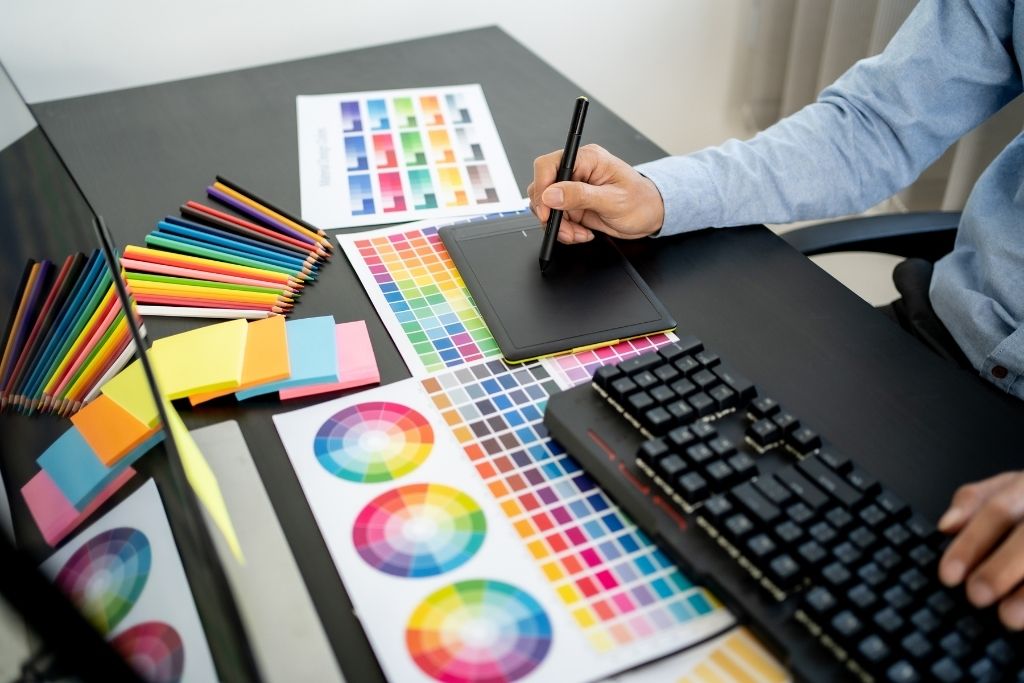The Role of Colour Psychology in Web Design: Crafting Engaging Digital Experiences

Understanding Colour Psychology in Web Design
Colour psychology involves the study of how different colours evoke emotions, convey messages, and influence human behaviour. In the context of web design, the careful selection and application of colours can significantly impact how users perceive and engage with a website.
The Impact of Colours on User Perception
1. Warm Tones for Vibrancy and Energy
Warm colours, such as reds and yellows, evoke feelings of energy, passion, and vibrancy. Incorporating these tones can be effective in capturing attention, creating a sense of urgency, or conveying a brand’s dynamic personality.
2. Cool Tones for Calmness and Trust
Cool colours, like blues and greens, are associated with calmness, trust, and stability. Websites aiming to instil a sense of professionalism or reliability often incorporate these tones to establish a trustworthy and serene atmosphere.
3. Contrast for Emphasis and Readability
Contrast between text and background colours enhances readability and draws attention to specific elements. Striking contrasts can guide users’ focus, improve navigation, and contribute to a visually appealing design.
Monochromatic Schemes for Elegance
Monochromatic colour schemes involve using variations of a single colour. This approach exudes simplicity, elegance, and cohesion, providing a clean and sophisticated aesthetic to the website.
Navigating Cultural Associations
Colours carry cultural connotations that can influence how a website is perceived globally. For instance, while white may symbolise purity in Western cultures, it can represent mourning in some Eastern cultures. Understanding these cultural nuances is crucial for designing websites with a global audience in mind.
Optimising Colours for Branding and Recognition
Consistent use of colours in web design reinforces brand identity and aids in brand recognition. Establishing a cohesive colour palette that aligns with the brand’s values and personality fosters a memorable and distinctive online presence.
SEO Benefits of Optimised Colour Choices
Beyond aesthetics, the strategic use of colours can impact search engine optimisation (SEO). Image alt text, file names, and contextually relevant use of colours can contribute to improved accessibility and keyword relevance, enhancing the website’s SEO performance.
Conclusion: Mastering the Art of Colour in Web Design
In conclusion, colour psychology is a powerful tool in the arsenal of web designers. By understanding the emotional and psychological impact of different colours, designers can create websites that resonate with users on a deeper level. From influencing perceptions and behaviours to optimising SEO, the role of colour in web design is multi-faceted and dynamic. Harness the art of colour psychology to craft engaging digital experiences that captivate, resonate, and leave a lasting impression in the vast landscape of the internet.
Learn more about how we can help with web design / development Web Design / Development
Learn more about how we can help with optimising your Google Business Profile










